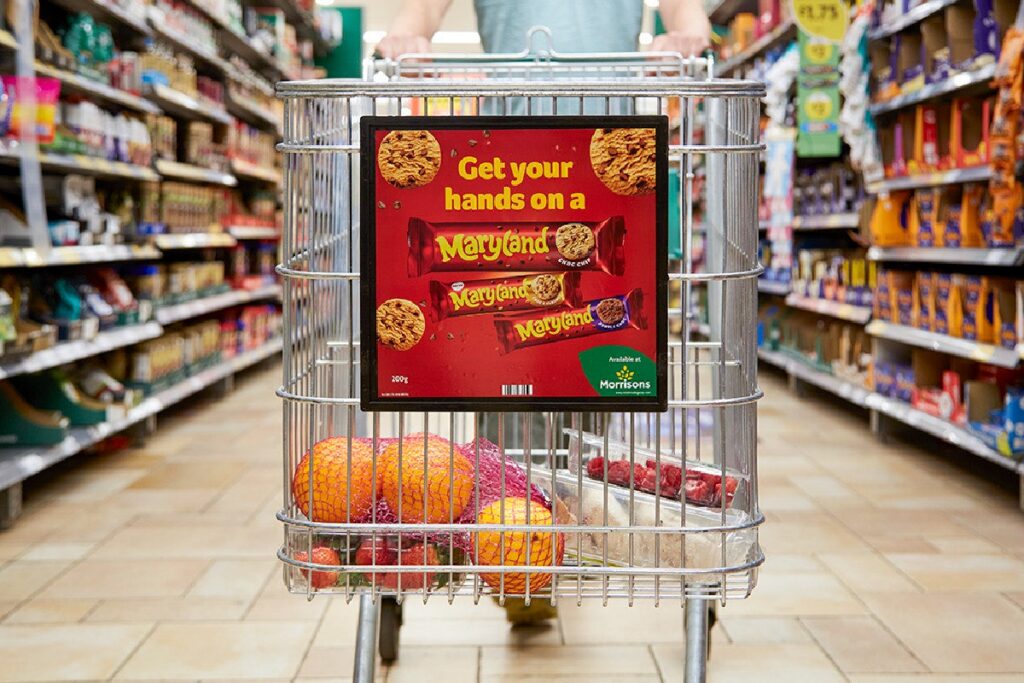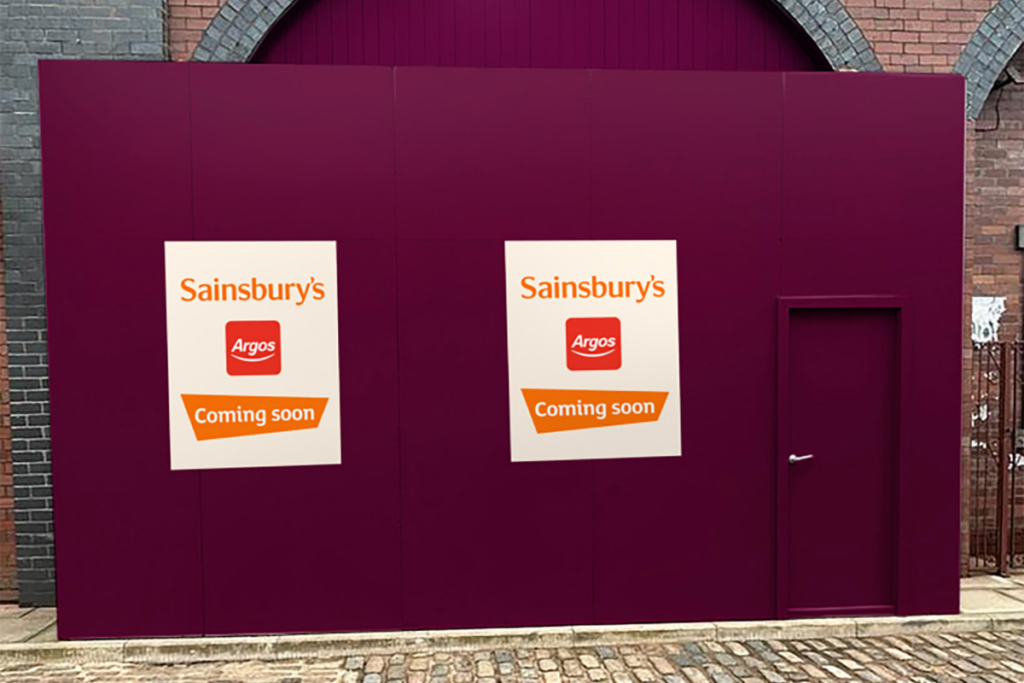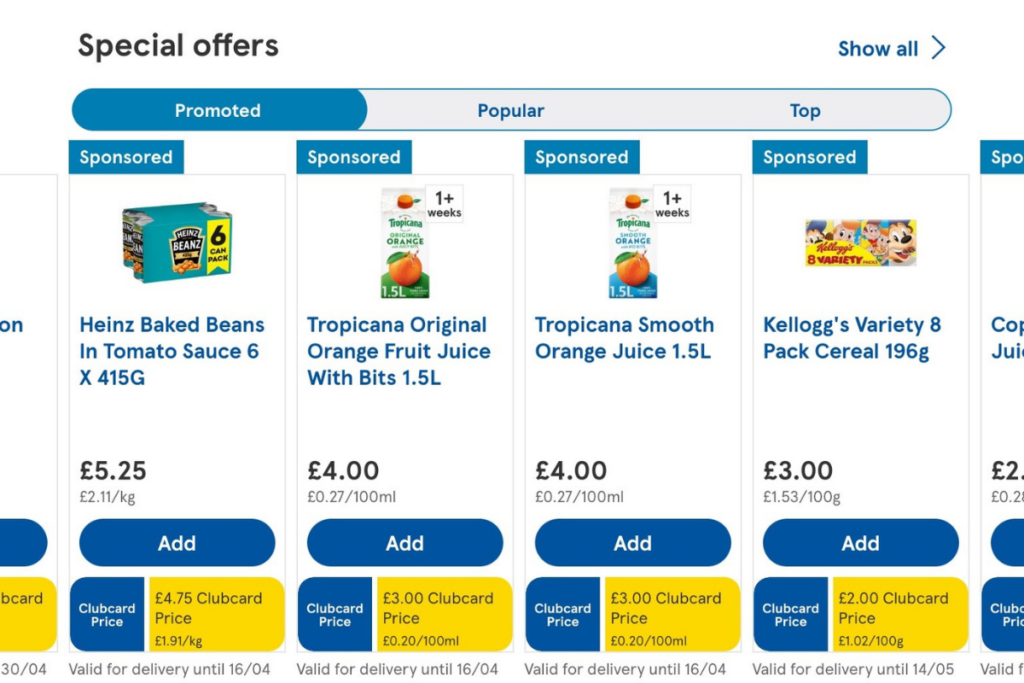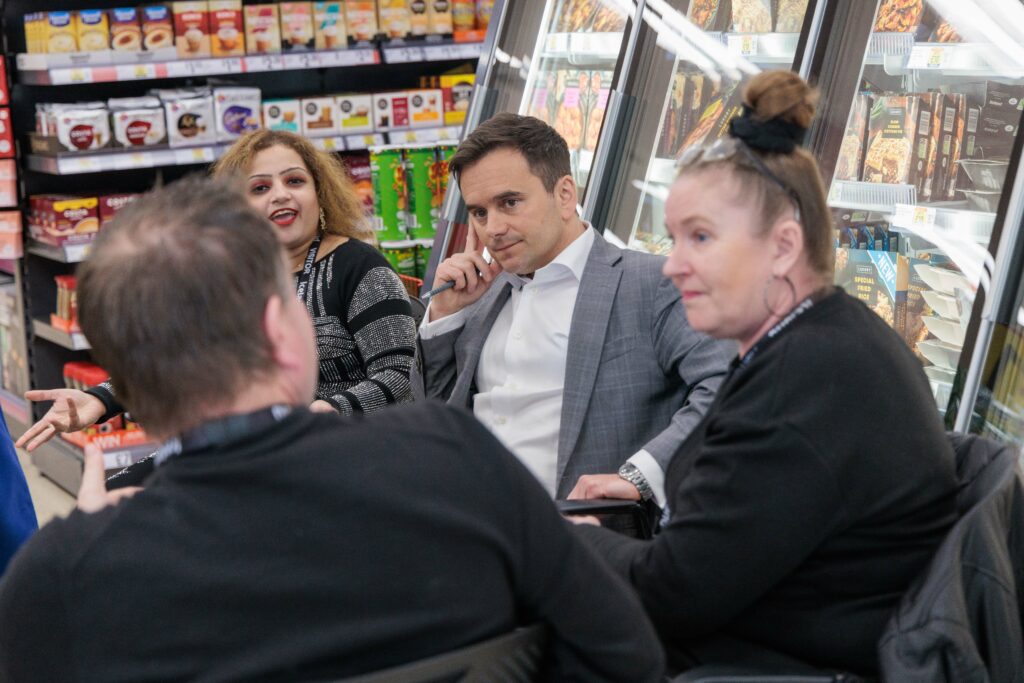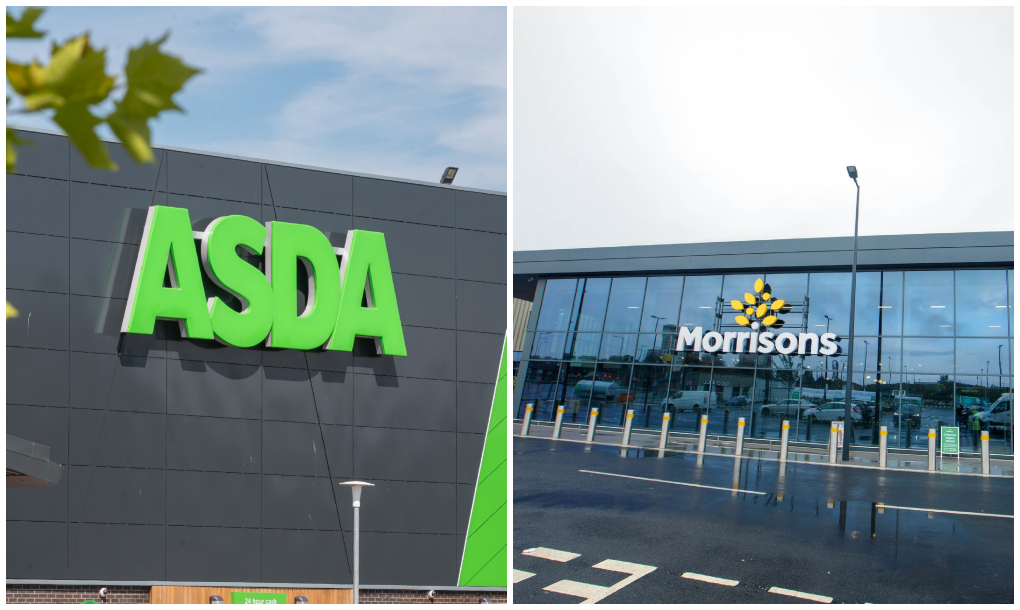Upmarket grocery retailers Marks and Spencer (M&S) and Waitrose could benefit from £7.1 billion profit by converting ‘shallow shoppers‘ unenthused by current options, according to a new survey.
Global findings from The Commitment Economy on behalf of TNS, which interviewed over 39,000 participants in 17 markets, suggested that both retailers could increase visits to their stores by 4.9 per cent, which equates to £7.1 billion.
Current big four grocers bartering for supremacy are Tesco, Asda, Sainsbury‘s and Morrisons which currently have the lion‘s share of grocery consumers entering its branches.
According to the survey, M&S and Waitrose stand to have the most to gain by converting a dissatisfied shopper as quality produce and a fulfilling experience are still high priority.
Judith Passingham, CEO, TNS Northern & Eastern Europe, said: “Waitrose and M&S are in the enviable position of being desired by millions of ‘Shallow Shoppers‘ who would switch retailer if they could: the opportunity can be realised by making their products accessible to those people.”
Passingham told Retail Gazette that the main reasons these retailers lose out on market share is due to the locality of stores and noted the need to concentrate on the price of special offer goods sold.
She added: “The great news for these retailers is that they have already won the hearts and minds of consumers: the barriers keeping them away are largely practical, primarily relating to price and location.
“The key is to challenge perceptions that premium products are out of reach by offering irresistible deals on small indulgences – winning share of wallet rather than persuading people to switch retailer altogether.
“M&S‘s very successful ‘Dine in for Two‘ promotion is a good example, in cleverly prompting people to compare the deal to the cost of a restaurant meal rather than the price of other retailers; this concept could be applied to other areas to great effect.”
“Overall this could lead to significant gains, while challenging the barrier in people‘s minds that premium retailers are unaffordable.”
Earlier today, M&S announced a 2.8 per cent drop in like-for-like sales for its first quarter, due in part to a reduction in clothing market share over the period.
Meanwhile, Tesco continues to hold a leadership position in the grocery market for best placed convenience and affordability, recently deploying 20,000 staff to ensure a more personalised service to each customer in an attempt to retain its standing.
However, Passingham believes the supermarket giant needs to strengthen engagement with shoppers who are likely to look elsewhere.
“Tesco‘s position at the heart of the UK Grocery market means that it has a strong customer base, which in itself presents a considerable asset,” she explained.
“However, a deeper connection with customers is the key to strengthening that position even further and ensuring that Tesco continues to thrive at home and abroad.
“Tesco enjoys huge loyalty, so it knows exactly where to find these shoppers – the next step is to engage with them in the right way to ensure that habitual loyalty is backed by a deep commitment to the brand.”
Yesterday, supermarket Asda launched a new financial service to appeal to the 18 million customers who visit its 542 stores each week, fed up with current points reward system.
Passingham feels this type of service would be a positive development in Waitroe‘s customer offering.
“Waitrose has always had a very focused offer, leaving more diverse activities such as financial products to the John Lewis Partnership, so introducing financial services would be a much bigger step for the brand than it would be for Asda,” she concluded.
“However, the strength of the brand means it is well placed to diversify if it uncovers an unmet
RELATED STORIES





